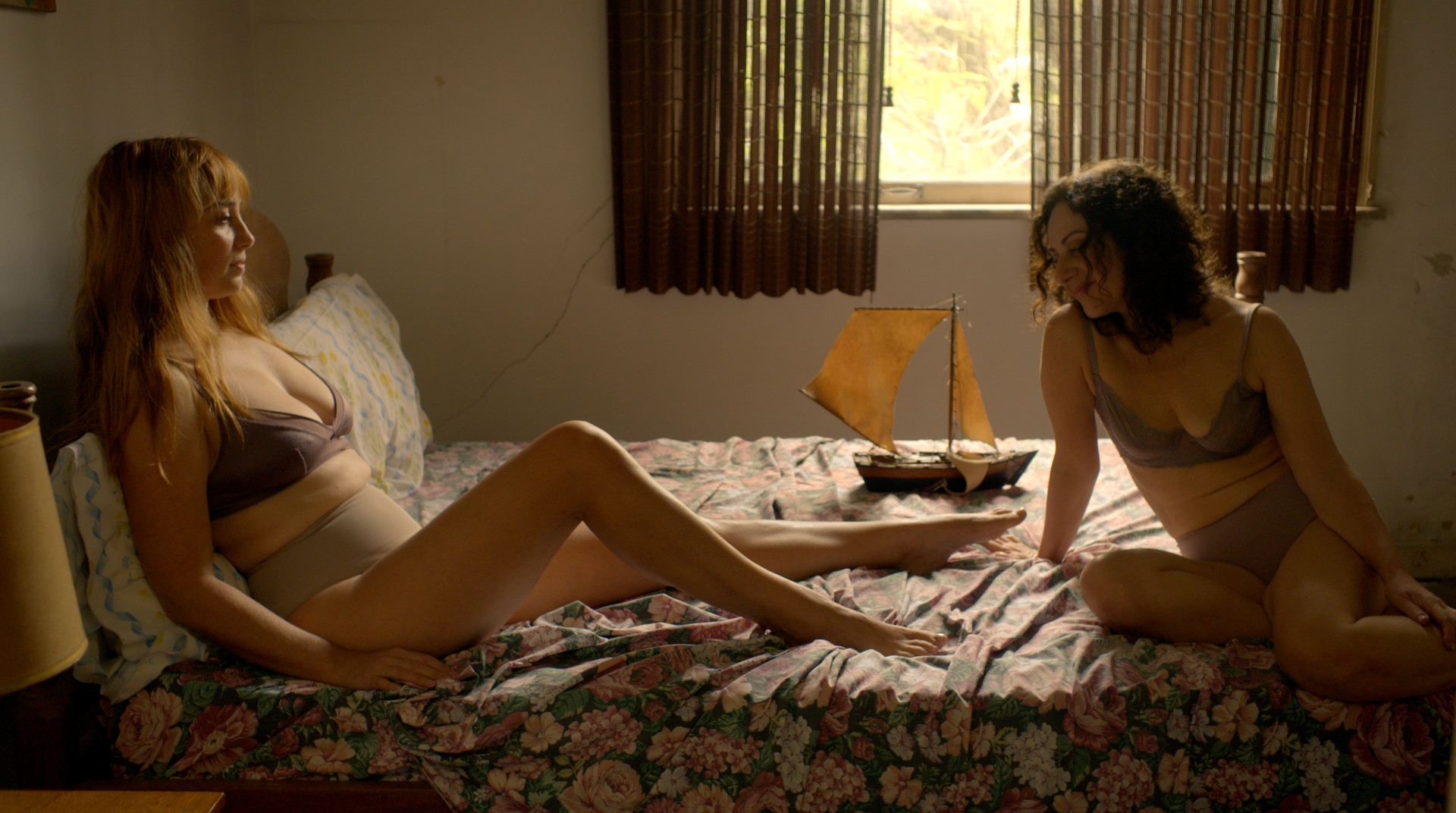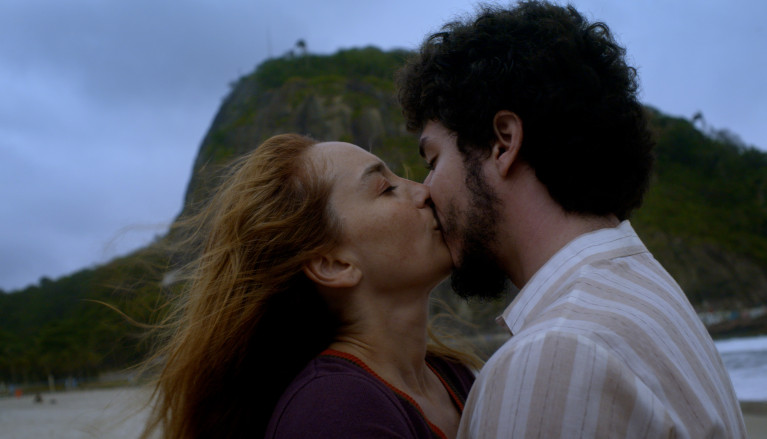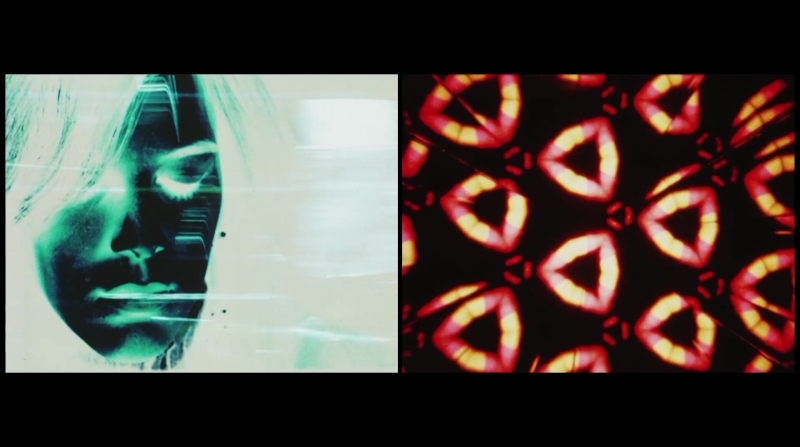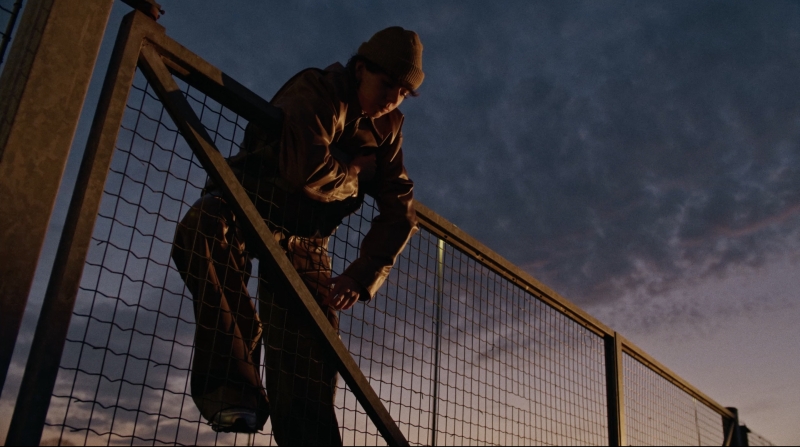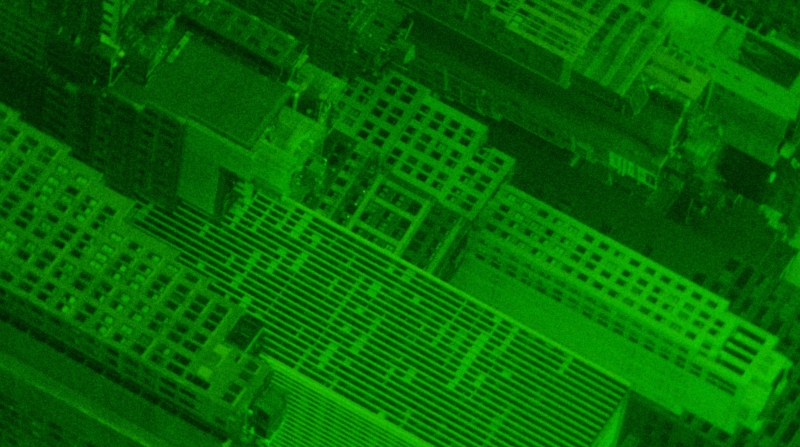LEME DO DESTINO
Brasile 2023, 73’
Longtime friends live a love story. There is a veiled hidden mystery in their relationship, a misconception, something unsaid, secret and ignored that once it has come to light the relationship broke up. Something distant and far away which in a particular frame of space and time stands before their eyes. The song of love and lovers is cut off, the garden they cultivated falls apart. The film seeks that rope, that inconstant heart, that line of fire which divides affections.

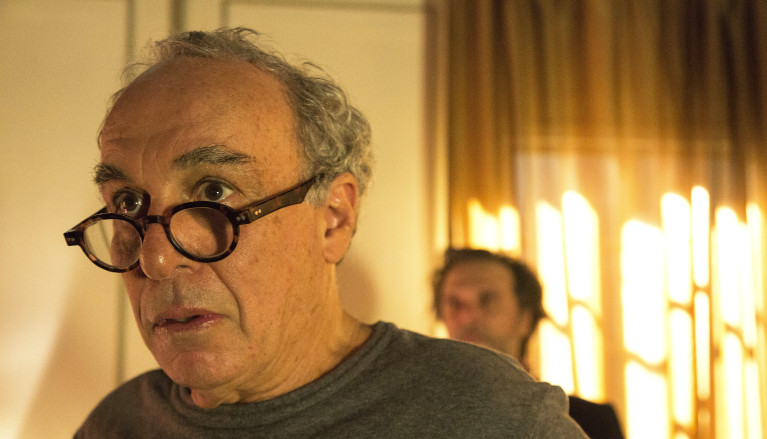
Tribute to Julio Bressane
by Roberto Turigliatto
The essay entitled O Experimental no Cinema Nacional (published by Julio Bressane in 1990 in the collection Alguns) ended with these two sentences: “Experimental cinema exists in Brazil since 1898. Let’s take note that our cinema either is experimental or isn’t!” At the beginning, Bressane mentioned that the first experimental film in Brazil had been made by the brothers Segreto, who in 1898 filmed a travel shot from the boat deck with a Lumière Brothers film camera when entering the Guanabajara Bay. He then reevoked the shots filmed by Major Tomás Reis who had accompanied Random's expedition to the Alto Xingu in 1923 and filmed the ‘Visão do Paraîso,’ images of the native people of mythical Brazil, “which have left a lasting mark on our cinema,” an actual paradigm. Then of course Limite, Mário Peixoto’s masterpiece (1930), that “already was film in film, implying the creation and recreation of the image.” Film “as an immeasurably sensitive intellectual organism, moving on the edge between all the other arts, sciences, life…,” radicalizing Gance’s formula “Film is music of the light.” In the thirties, the Syrian merchant Benjamin Abraão had filmed the bandit Lampião and his men in the sertão – disturbing, brutal, and equally paradigmatic images. “Major Reis and Benjamin Abraão form the central axis which everything worth in our cinema stems from and goes through.”
All this, and much more, can be found in Bressane’s new work, a montage film made along with Rodrigo Lima that world-premieres in Pesaro, Relâmpagos de críticas murmúrios metafísicos: a journey throughout more than a century, in which we see signs and clichés of the wandering formalisms of film history pass through and be assimilated in Brazilian films of the various decades – from José Medina to Humberto Mauro, from Paulo César Saraceni to Fernando Coni Campos, from Chiaca de Garcia to José Mojica Marins, from Rogério Sganzerla to Bressane himself.
On the other hand, Bressane had often gone back in the past to a reflection on film and its history, both international and Brazilian, and on the filmmakers he cherished most, conducted not only in several writings but also in various films. Last year, as if introducing Relâmpagos, he made a 12-minute montage film to be broadcast on Fuori Orario: Ideograma: limite/fada do oriente/agonia/abismu, in which four long takes from the films quoted in the title are compared in their transgressive repetition to reflect on the movement “of covering and uncovering cinema in the films.” In this sense, Limite was the founding Brazilian film, despite being “an invisible comet” for a long time, the film that “discerns and configures its own cinematic sign for the first time. The sign of I-cinema.” A Agonia, in which not coincidentally resonate Pessoa’s words, will be the most extraordinary and brilliant film ever made by a director as a counterpoint departing from another film, precisely Limite, from which the topoi of some sequences are recreated.
Bressane first encountered cinema as a teenager, when his mother gave him a 16mm film camera. A Longa Viagem de Ônibus Amarelo, also made with Rodrigo Lima, is a seven-hour film that integrates, reedits, and diverts excerpts from 58 titles of Bressane’s own filmography, including the home movies made between 1959 and 2021, the year of Capitu e o capitulo. It premiered for Italy on Fuori Orario, in some way connected to the Relâmpagos premiere in Pesaro. Not an autobiography, more an Atlas à la Aby Warburg, but also a phantasmagoria of light, a musical fantasia, on the wake of Rua Aperana 52. It would be impossible to think the cinema of Bressane just in terms of ‘art-house experience’ without evoking “all the names in history” and the persistence of the ancestral past of the Americas. His cinema is made of signs, myths, and wandering forms that hail from the classical world all the while arising from the impulse of aboriginal forces; of anthropophagy and adherence to the ground; it is both erudite and sensual, philological and erotic. In the land of his films, we have seen wandering St. Jerome and Father Antόnio Vieira, Fernando Pessoa and Friedrich Nietzsche, Mário Reis and Oswald De Andrade, the meta-novelesque prose of Machado de Assis and the concrete poetry of Haroldo de Campos...
In short, Bressane comes back to Pesaro 56 years after showing, in 1968 - that is, still under the umbrella of Cinema Novo (we are now aware of how it was temporary and borrowed) - his first feature, Cara a cara. This comeback to the Italian festival that rightfully has the closest bond with Cinema Novo, after 56 years of absence, has almost a symbolic value. When Bressane broke with Cinema Novo, in 1969, he wandered for decades through the desert, from which he only managed to get out – in Europe, namely in Italy – in the nineties. On his reunion with Pesaro, he will show not only Relâmpagos but also his latest fiction film, still unreleased in Italy, Leme do destino, the latest gem from the wealthy production of the past few years. The correspondences and differences, especially with Filme de Amor and Educaçao sentimental, cannot go unnoticed. But that’s not all.
Let’s state this once again: among the filmmakers who emerged in the climate of the aesthetic and formal revolution in film of the sixties, Bressane is the one who – along with Godard, and partly Ruiz, and in different ways – went further than anyone else, making up for the scarcity of means and the isolation to which he was subjected with the genius of time and the tenacity of long duration, disseminating over the years an immense opus that now counts over sixty titles. With Bressane, a master and inventor of citation and editing, and a restless researcher, you feel – just like with the others, even more than the others – the sense of infinity, of getting lost in the whirlwind, permanently getting out of oneself and into the subconscious, aboriginal, ancestral force of the creation of the world. When he was 21, Godard wrote that “artistic creation does nothing but repeat the cosmogonic creation.” The “aboriginal force of cinema,” therefore, as an anonymous, subconscious force that plunges us into an endless motion such as the sinuous and serpentine winding bends of Rua Aperana. The eternal return. Eternal repetition. Eternal Mnemosyne.
Thus, only Belair, already marked by Nietzsche’s genius, could sit and undermine itself once again forcefully at the core of Relâmpagos by quoting at length all its six films – three by Bressane, three by Sganzerla – those that triggered unforgiving reactions on the part of Cinema Novo in 1970. In 1975, in Viola Chinesa - Meu encontro com o cinema brasileiro, Grande Otelo addresses Bressane and aptly recites: “Belair is like the wind blowing from a future film motherland.”
Star-discoverer Bressane is now working on two new films, Estrela Enigma and Pitico: Um Historiador de Província.
In parallel with the Pesaro Film Festival, on Rai3 and Raiplay, Fuori Orario presents, along with Limite (1931) by Mário Peixoto, five films by Bressane: A Agonia (1976), Rua Aperana 52 (2012), O Garoto (2015), A Longa Viagem de Ônibus Amarelo (2023), and Ideograma: limite/fada do oriente/agonia/abismu (2024). The latter two are Italian premieres. On the wake of the 2002 retrospective at the Turin Film Festival, Fuori Orario is pursuing the project of showing Bressane’s whole filmography over the years.
Flashes of critiques metaphysical murmurs
A montage of 48 Brazilian films made between 1898 and 2022
Julio Bressane
The flashes, the film frames, the film’s original shell in which we feel a clearing appear in the always hidden cinema, an innovation, some experimentation and emotiveness* that reaches us at different times. The fine, hidden thread running through Brazilian cinema from its birth to the present day is marked by the assimilation of discoveries. All the formalisms of film history have passed through the frames of national films. Lumière, Griffith, Eisenstein, Murnau, the Russian and European avant-gardes, German Expressionism, the Telefoni Bianchi genre, all the American mainstream film industry, Italian neorealism, the Nouvelle Vague… these wide-ranging trends, these murmurs of cinema collided with Brazilian cinema. An experimental collision…
With cinematic clichés wandering from a cultural and technological device to another, the cliché’s inappropriate and imperfect nomadism alters it, changes it into parody, into pastiche, animating and shaking the rhythm of the structure. In the process, in the parodic distance, the rhythm changes, the migration of clichés revolutionizes symbolic forms.
In this interval between two destinies, in this translatory space, in this distortion, in the chaos of clichés arises the pathos of experiment.
An experimental outside the perimeter, an aberrant experimental, a mirroring that, rather than weakening, reanimates certain elements of the mentioned cliché, extrapolating it up to the supernatural.
As if for the first time, meticulously collected and surpassed, the wandering cliché takes new life and advances into the paraphysical expression of inexpressible abnormality, of the unexpected real, a transformative repetition that animates at once all significant flora and fauna…
Through pastiche we learn. We jump from copy to imitation, the imitation of a process of nature. With its power, parody produces a sort of specific symbolic death, because one gets to know what is parodied, that which seems most important to separate. In parody, there is a choice, a separation, a critique, a new rhythm.
A certain chronology makes us feel the force of adhering to the ground. In Brazilian cinema, the figure of the one who films filming the film, of the portraitist portraying the portrayal, was established early on…
ROTEIRO
Julio Bressane, Rosa Dias
FOTOGRAFIA
Pablo Baião
MONTAGEM
Rodrigo Lima
SOM
Laura Zimmermann
DESENHO DE SOM
Damião Lopes
ARTE
Moa Batsow, Lina Serra
ELENCO
Simone Spoladore, Josie Antello, Debora Olivieri, João Vitor Silva
PRODUTOR
Tande Bressane, Bruno Safadi
ALL SCREENINGS ARE FREE
